Courtesy of nMotion
Last week, as part of the yearlong strategic planning process called nMotion, the Regional Transportation Authority of Middle Tennessee (RTA) released the State of the RTA System Report, which found that regional service doesn’t meet current demands for transit and will continue to fall further behind as Middle Tennessee grows unless its needs are addressed.
The report provides an overview of existing RTA transit services and an evaluation of how well these services match transit demand in the region, both today and 25 years in the future. Based on those findings, the report presents the key issues facing RTA and serves as a starting point for the strategies and recommendations that will be part of the final Nashville MTA/RTA strategic plan to be released next spring. The new report finds that growth in both population and employment will produce much higher volumes of travel overall, including to and from Nashville and within the 10-county region. Increasing population and employment densities in traditional regional centers and in new emerging areas will greatly increase the demand for transit, and for new types of transit.
The full report and an executive summary are available on the nMotion website. MTA/RTA encourages all Middle Tennesseans to comment on the report and check out the series of transit strategy reports, which describe potential solutions, that have been posted to nMotion’s discussion forum, including commuter rail, freeway bus rapid transit and redesigning downtown transit service.
Report recommendations include:
- Expand service and improve schedules. Including the Music City Star, RTA provides 10 routes that connect the nine counties surrounding Davidson County with Nashville. These routes serve all major corridors; but service is very limited, typically providing only two or three trips in each direction each day. To make commuter services available to a broader cross-section of Nashville’s commuters, more service will be required to provide more flexibility and trips that serve a wider range of work schedules.
- Increase speeds on express bus services. Most express routes make only one or two stops in outer areas and then express to Nashville. However, they are stuck in the same traffic as automobiles to and from Nashville, and then are slow within Nashville. To speed express bus trips, the report suggests that RTA consider operating on freeway shoulders and partnering with Nashville MTA, among others, to redesign services in downtown Nashville. Although these efforts would require the cooperation of many agencies and partners.
- Relocate and enhance park-and-ride lots. Most park-and-ride lots are located at places where an organization has agreed to share use of its lot, rather than at more convenient lots, and few have identifying signage or information about services. The report recommends that RTA develop more park-and-ride lots that are at or very close to intersections with major highways and along the direct paths of express routes, although the RTA will likely have to pay for these sites.
- Develop new types of services and connections. The growth that is occurring in Davidson County and the surrounding counties will create demand for all-day regional services, as well as local services. As employment continues to grow in outer areas, more Davidson County residents will begin to commute outward, creating demand for reverse commute service. New types of high-quality services along with connections to other modes will be needed to support RTA services.
